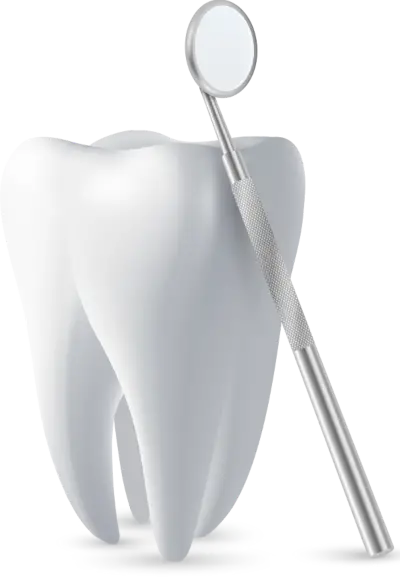Fillings

What Is Dental Fillings?
When your tooth suffers minor to moderate damage, your dentist may suggest a dental filling. Dental fillings can restore your tooth to its natural function and shape by repairing tooth cracks, chips, and cavities. Besides, fillings also close off the spaces created by tooth decay, preventing the entry of bacteria to the tooth roots, thus preventing further tooth decay.
AMALGAM FILLINGS
AMALGAM FILLINGS
Silver fillings, or amalgam fillings, are fillings made up of several metals, including silver, tin, copper, and mercury. The silver fillings are mixed with mercury, which, combined with the metals, harden to form a stable filling material. They are used to fill cavities, as well as other dental issues such as cracked or broken teeth. However, because of their dark color, they are not used in visible areas.
COMPOSITE FILLINGS
Composite fillings – also known as white fillings – are natural-looking fillings that can be matched to the shade of the teeth. The composite resin material is bonded to your tooth to help restore both function and appearance. Unlike amalgam fillings, composite fillings are only about 1/2 to 1/4 of an inch thick, making them more comfortable than other types of fillings.
GOLD FILLINGS
Gold fillings aren’t common in the U.S. anymore. Gold fillings were once used to fill cavities and cracked teeth. Gold fillings are strong and durable, so they’re a good choice for back teeth. However, they are more expensive and not as durable as other filling materials.
PORCELAIN FILLINGS
Also called inlays or onlays, porcelain fillings can be made to match the color and appearance of the natural tooth. Besides, porcelain fillings resist staining and cover most of the tooth, making it an ideal dental restoration for cavities.
What Is The Process Involved In Getting Dental Fillings?
Numbing the area
The dentist will most likely use a topical anesthetic to numb the area. This numbing agent will numb the gums and teeth, so the patient will not feel any pain in the area surrounding the tooth. If the patient is experiencing anxiety about the appointment, the dentist may recommend an oral sedative. These medications are available by prescription, and they can be very effective in reducing anxiety.
Have Questions About Dental Fillings? Find Answers Here.
Do you have a question? Or do you wish to schedule an appointment with us? Call Dawson Modern Dentistry at (704) 565-9512 or visit Dentist in Matthews, NC at 3555-2 Matthews-Mint Hill Rd, Matthews, NC 28105.

